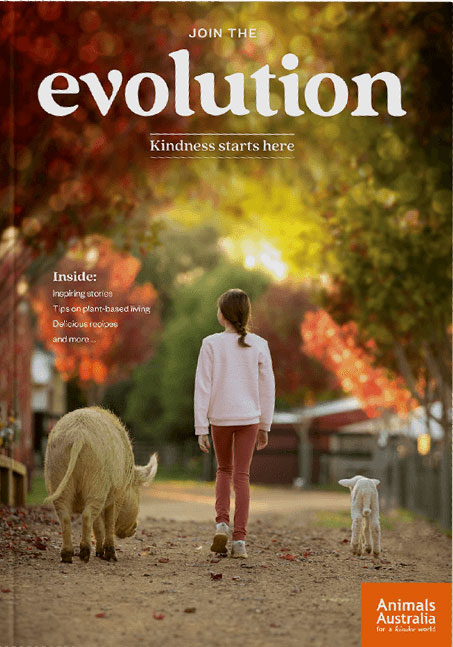Kindness starts here.
All animals deserve kindness and a life worth living. But for millions of animals each year, this remains but a dream, impacted by practices born in another era. Your choices can change their world.
Let’s free our thinking.
This is our time on Planet Earth. Our time to care, our time to create the world that we want to see and we all want to live in.
See how you can make our hero's dream come true.
Laws do not protect them.
They live, they breathe, they feel, they befriend, yet outdated laws and practices deny them a life worth living and human kindness. For them, it's lockdown for life, trapped by generational thinking that sees them differently. If we free our thinking, we change their world.
Someone. Not something.
Caring about some animals and not others, was never your idea. Protecting some animals from cruelty and not others was never your decision. We inherited a world that decreed some animals friends and others food, some animals worthy of kindness and not others. But what if we were meant to care about them all?
Compassion shouldn’t discriminate.
For 40 years Animals Australia has sought to create change for these animals. But governments prioritise industry interests, and ignore the animal suffering inherent to these systems. By using your power as a consumer and making the kindest choice, you can bring these animals back into our circle of compassion.
It’s time to free our thinking.
We can’t change the past, but we can shape a kinder future. Will we be the generations that opened our hearts to these animals, who recognised that there is a different, kinder choice on offer to us? This can be our legacy. Together, we can create a new way of thinking and living.
Get your free guide to a kinder world. Nearly there! Thank you ! Thank you!

Keep an eye out for your free magazine, it will be with you soon. Help us spread the word!


